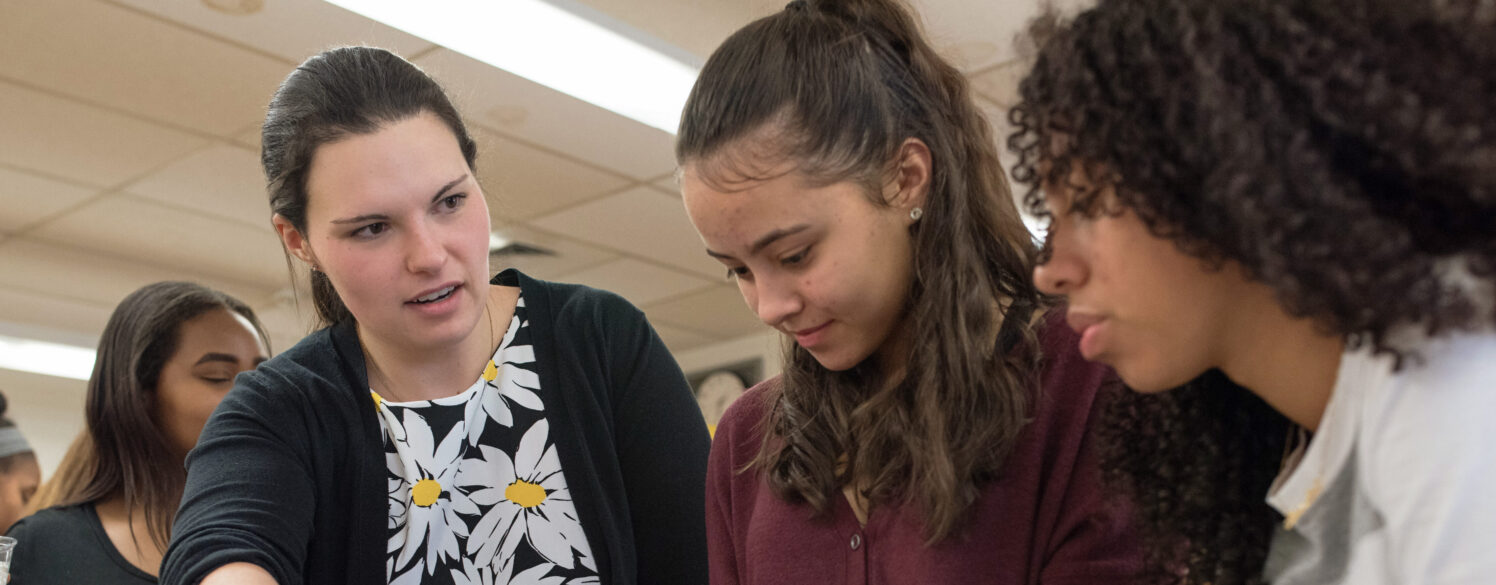Valuable Tools for Educators

Resources
-
Classroom Resource Equity Inquiry CREED/Emergent strategy protocolThis protocol adapts two powerful frameworks to create a culturally responsive approach to data analysis and organizational reflection that centers the experiences of those whose voices may not always be heard. The protocol is meant to be adapted, rearranged or shortened depending on the facilitator’s goal and the community needs.
View Resource -
Classroom Resource Equity Inquiry Plotting Your StatusThis resource helps educators reflect on how status shapes participation and belonging in math and science classrooms. By plotting their academic, social, and societal status as learners, teachers uncover how perceptions of competence and value influenced their own experiences, and how similar dynamics may be impacting the students they teach.
View Resource -
Professional Learning Resource Community Building Inquiry Inquiry ModulesThe Knowles Inquiry Modules guide teacher groups through a self-paced professional inquiry process. Across five modules (developing questions, considering data, collecting data, analyzing data, and sharing outcomes), educators collaboratively examine and refine their teaching practices. The framework promotes reflection, critical friendship, and continuous professional growth through structured yet flexible inquiry cycles.
View Resource -
Professional Learning Resource Community Building Equity Hand Identity ChartThe Knowles Teacher Initiative Hand Identity Activity is a reflection tool, adapted from Facing History and Ourselves, that supports educators in exploring self-perceptions and others’ perceptions. Teachers can use this activity to reflect on identity, share insights with colleagues, and consider how differences between self-view and external perception shape classroom and collegial interactions.
View Resource -
Blog Inquiry Teacher Leadership Empowering Teachers to Lead Effective Professional LearningThis blog offers three teacher-developed principles for leading transformative learning with colleagues. Readers will learn how honoring teacher expertise, respecting classroom contexts, and inviting critical reflection create spaces where educators thrive—and where leadership ripples outward to the field.
View Resource